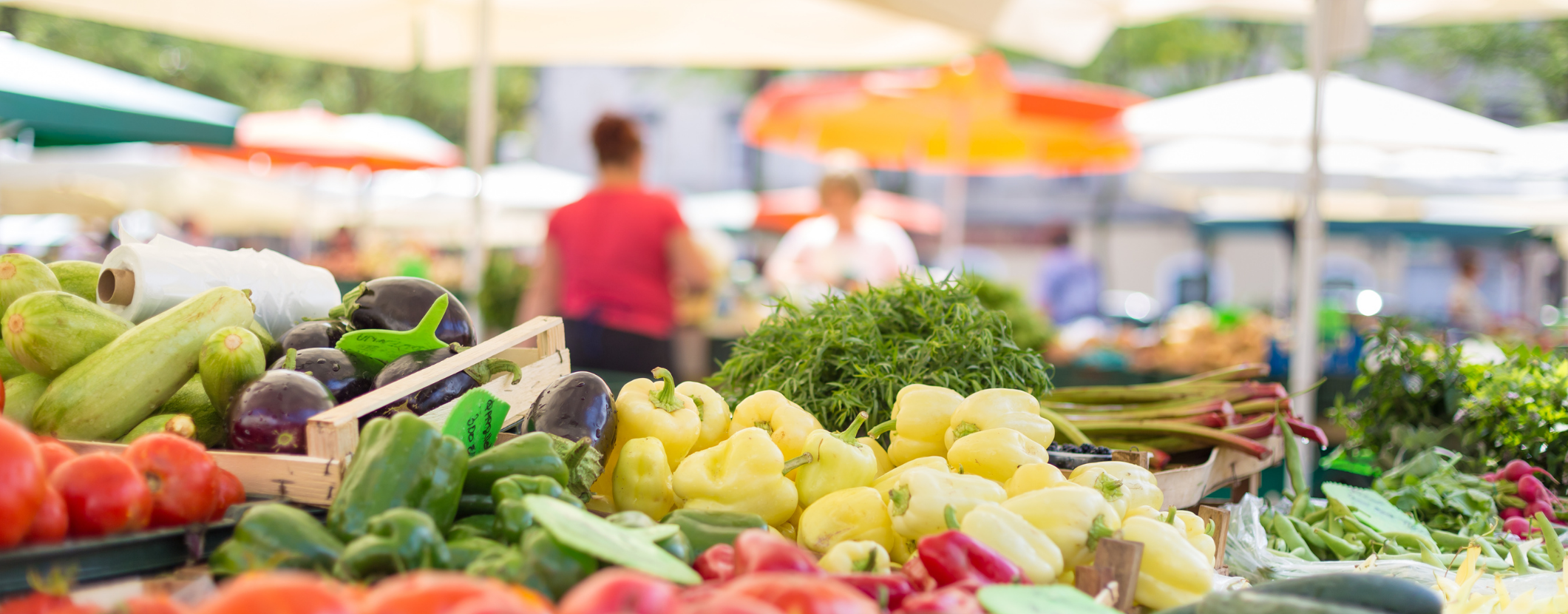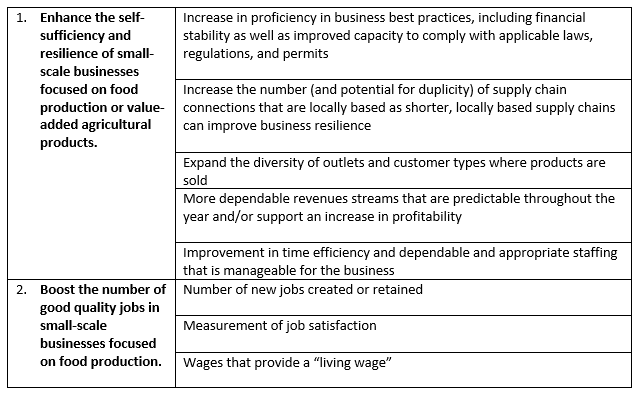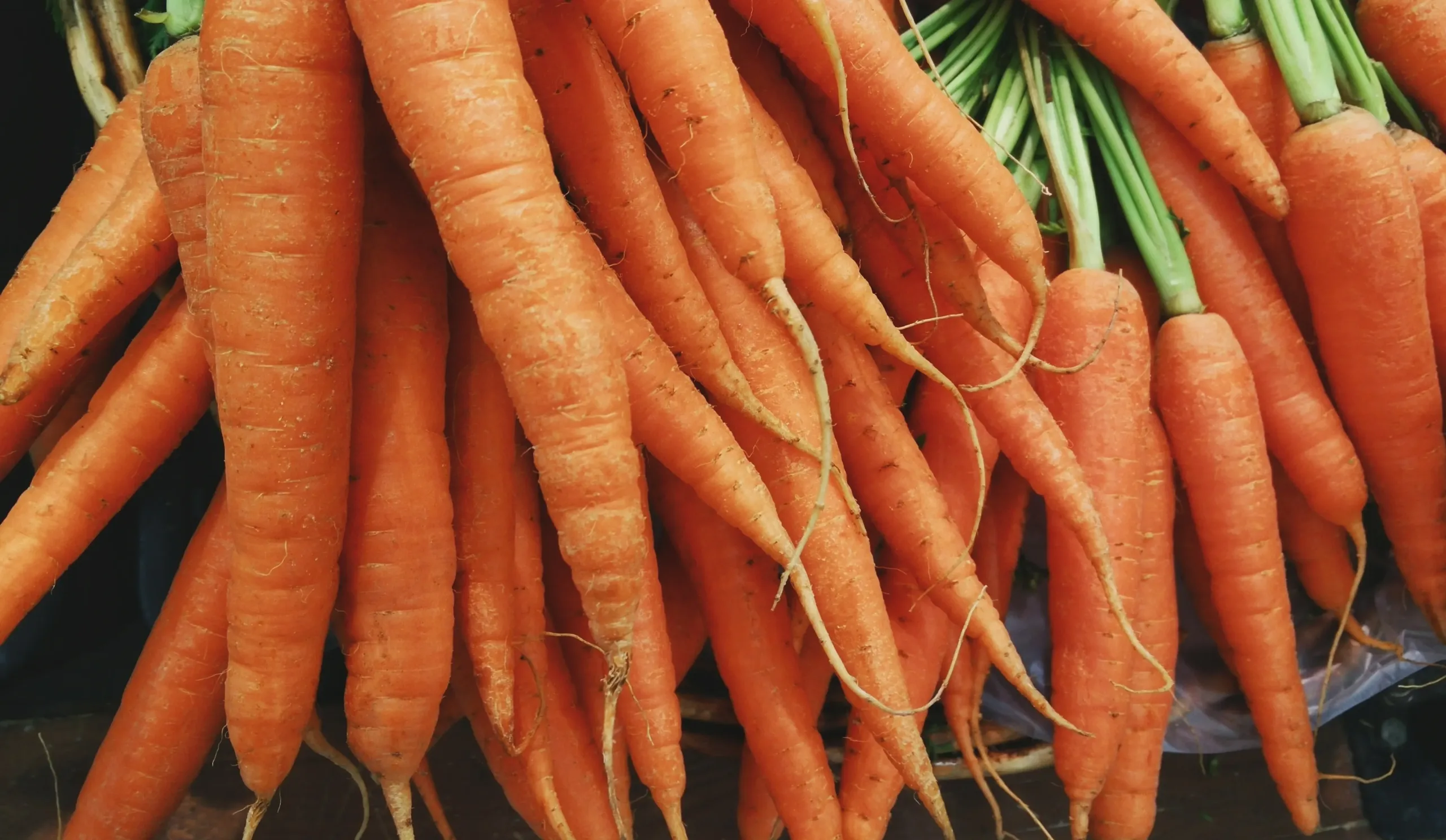
By Elizabeth Schuster, Environmental Economist
Introduction
While there is overall agreement that economic viability is important for sustainable agriculture to succeed, there is a surprising disconnect: In practice, economic metrics are often missing from sustainable agriculture performance metrics.
A simple definition for sustainability in agriculture could be summarized as the persistence of economic, social, and ecological benefits across agricultural supply chains for current and future generations. That implies that if a project ensures natural resources will continue to exist for future generations, but it harms the wellbeing of communities today, then it does not get at the spirit of what sustainability is meant to achieve.
In my experience, if we ask 100 people to describe what sustainable agriculture looks like in practice, we’ll get 100 different answers. It becomes crucial to develop clear metrics to define success around sustainable agriculture that include economic, social, and ecological outcomes. Metrics guide us as we design goals and help us compare progress over time.
Of course, several peer-reviewed journal articles exist showing potential sustainable agriculture or climate-smart food systems metrics. Still, a gap exists in practical, on-the-ground examples of how sustainability can better encompass economic viability for farms while including relevant economic metrics for rural communities.
Our case study: Wayne County, OH
Last year, I worked with a group of partners in Wayne County, OH, to create a new nonprofit entrepreneurial center to support local farmers and entrepreneurs of value-added agricultural products.
The partners formed a steering committee that included members of the agricultural community, economic development partners, an Ohio State University representative, and a couple of business partners.
A major driver for forming the new nonprofit was that farmland is being lost to development at a rapid rate. Both in Wayne County and nationally, farmland is at risk. As the steering committee worked together to develop goals for the nonprofit, economic sustainability as an overarching goal would be critical to ensure that farms survive into the future.
The steering committee worked for nearly a year gathering the information needed to establish their strategic plan. The process included a survey of local farmers and food producers, which received a 38% response rate (73 entrepreneurs responded). The survey had general questions (e.g., gross revenues for previous year, number of employees, etc.) and questions on goals, barriers to success, and gaps in resources and support.
Next, the process included a review of relevant plans and reports, including comprehensive plans for counties and economic development, and reports on food and agricultural production. The process included over two dozen expert interviews and several months of strategic planning with the steering committee.
It was determined early in the planning process that small-scale food producers are at greater risk of not remaining economically viable into the future. And while none of the goals or metrics preclude medium and large farms, they are designed with both family farms and small-scale food businesses in mind.
After identifying challenges, mapping strategies, and completing numerous brainstorming sessions, we identified two priority goals, as follows:
- Enhance the self-sufficiency and resilience of small-scale businesses focused on food production or value-added agricultural products.
- Boost the number of good quality jobs in small-scale businesses focused on food production.Then, we identified a third goal, which was deemed a secondary priority, not because it was less important, but that it is more complex and harder to measure. More research is needed to create a suite of metrics to assess the third goal.
- Through collaborations with partner organizations, increase the economic impact of local food production and processing.
We spent significant time discussing the nuances of the first goal. Of importance is that the top goal is not to increase profitability. While it’s true that an increase in profitability might be one pathway towards increased resilience, it is only one piece of the puzzle. Many family farms have personal goals and reasons for remaining in agriculture. The language in goal one around self-sufficiency and resilience was considered a more accurate depiction of goals relevant to family farms in particular.
The following table shows potential metrics to assess goals one and two.

Conclusion
The goals and economic metrics noted in table were vetted by a handful of family farms and small-scale food producers to ensure relevance. They serve as an example of what economic metrics for agricultural sustainability could look like.
Further, it’s important to observe that these metrics are not only for on-farm. There are several places where the goals and metrics represent connection along supply chains. This makes sense – after all, if we were talking about improved water quality as the goal, we would not only be collecting on-farm measures. We also talk about watershed level water quality metrics. It is no different when we move into economic metrics.
More research is needed to confirm if these goals and metrics apply to other regions; for instance, we know that agricultural production in New Mexico is very different from production in Ohio. The metrics will also need to expand to cover a wider range of management practices. Still, it’s a great starting point to get researchers and sustainability practitioners to take a more serious look at a suite of metrics around economic feasibility of agricultural sustainability.




